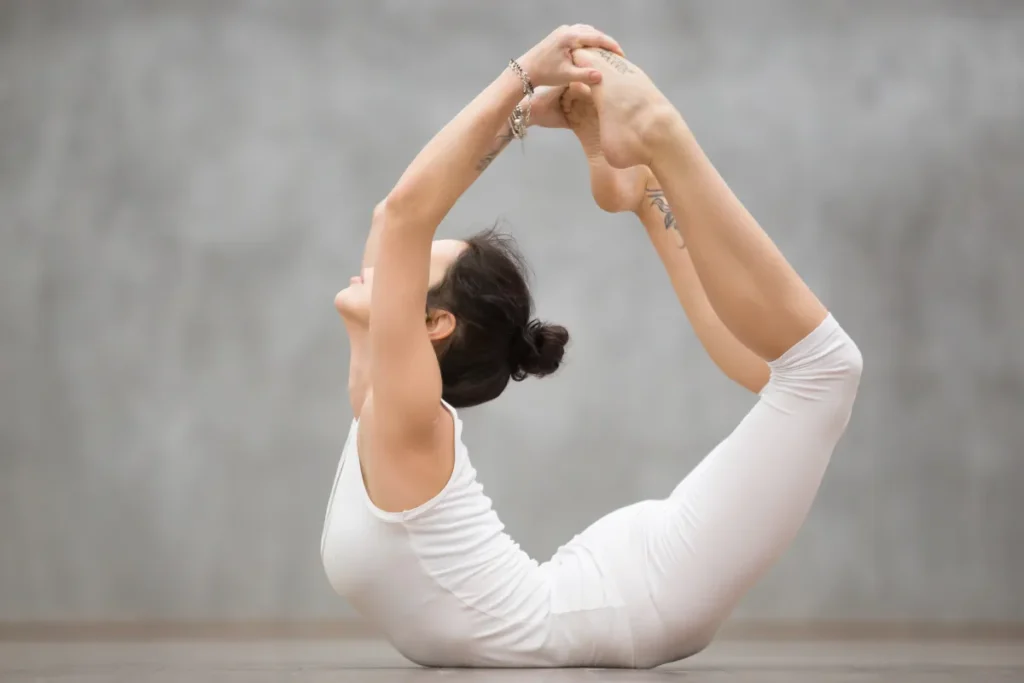Building a strong core is crucial for overall fitness and well-being.
Whether you’re an athlete striving for peak performance or simply want to improve your posture and prevent injuries, focusing on core strength is key.
In this comprehensive guide, we’ll explore the best ways to enhance your core strength effectively and sustainably.
Understanding the Importance of Core Strength
Your core muscles, including those in your abdomen, lower back, and pelvis, serve as the foundation for nearly all movements.
A strong core improves stability, balance, and coordination, making everyday activities easier while reducing the risk of injury during physical tasks or sports.
Incorporating Compound Exercises
Compound exercises engage multiple muscle groups simultaneously, making them efficient for building overall strength, including the core.
Exercises like squats, deadlifts, and overhead presses not only target major muscle groups but also require core stabilization, leading to significant improvements in core strength over time.
Embracing Bodyweight Exercises
Bodyweight exercises are accessible and effective for strengthening the core without the need for equipment.
Planks, mountain climbers, and bicycle crunches are examples of bodyweight exercises that engage the core muscles intensely, helping you develop stability and endurance.
Trying Pilates and Yoga

Pilates and yoga are renowned for their focus on core strength and stability.
These practices emphasize controlled movements and proper alignment, targeting deep core muscles that may be overlooked in traditional workouts.
Incorporating Pilates or yoga into your routine can enhance your core strength while promoting flexibility and relaxation.
Utilizing Stability and Medicine Balls
Stability balls and medicine balls offer versatile tools for core training.
Performing exercises such as ball crunches, Russian twists, and stability ball planks can challenge your core muscles in dynamic ways, improving balance and coordination while building strength.
Engaging in Functional Training
Functional training mimics real-life movements, making it particularly beneficial for enhancing core strength in practical contexts.
Activities like kettlebell swings, farmer’s carries, and woodchops replicate movements used in daily life or sports, helping you develop a resilient core that performs well under various conditions.
The Role of Nutrition and Recovery

Proper nutrition and adequate rest are essential components of any strength-building regimen, including core training.
Consuming a balanced diet rich in lean protein, healthy fats, and nutrient-dense carbohydrates supports muscle growth and repair.
Additionally, prioritizing quality sleep and incorporating rest days into your routine allows your body to recover and adapt to the demands of training, maximizing the benefits of your core workouts.
Consistency and Progression: Keys to Success
Consistency is paramount when it comes to improving core strength.
Aim to incorporate core-focused exercises into your workouts regularly, gradually increasing intensity and complexity as your strength improves.
Tracking your progress, whether through increased reps, heavier weights, or longer hold times, helps you stay motivated and ensures continuous improvement.
Listening to Your Body
While pushing your limits is essential for growth, it’s equally important to listen to your body and prioritize proper form and technique.
Avoid overtraining and injury by paying attention to any signs of discomfort or fatigue.
If an exercise causes pain or discomfort beyond normal muscle fatigue, modify or skip it altogether to prevent injury and allow for adequate recovery.
Conclusion
A strong core is the foundation of a healthy and functional body.
By incorporating a variety of exercises and techniques into your fitness routine, such as compound movements, bodyweight exercises, Pilates, and functional training, you can effectively enhance your core strength and improve overall performance.
Remember to prioritize consistency, proper nutrition, and recovery to maximize your results and enjoy long-term success on your fitness journey.
FAQs:
How often should I train my core?
A1: Aim to incorporate core exercises into your routine 2-3 times per week, allowing for at least one day of rest between sessions to allow for recovery.
Can I build a strong core without going to the gym?
A2: Yes, you can strengthen your core using bodyweight exercises, Pilates, yoga, and functional training routines that require minimal or no equipment.
Will strengthening my core help alleviate lower back pain?
A3: Yes, improving core strength can help alleviate lower back pain by providing better support and stability for the spine and surrounding muscles.
How long does it take to see results from core workouts?
A4: Results vary depending on factors such as consistency, intensity, and individual fitness levels, but you may start noticing improvements in core strength and stability within a few weeks to a couple of months of consistent training.
Is it necessary to include rest days in my core training regimen?
A5: Yes, rest days are essential for muscle recovery and growth. Incorporate at least one or two rest days per week to allow your core muscles to recover fully and adapt to training stimuli.

